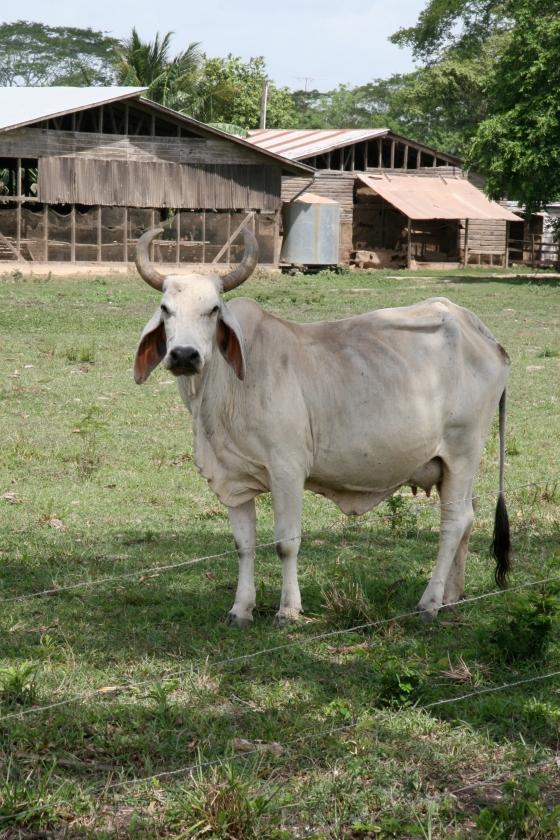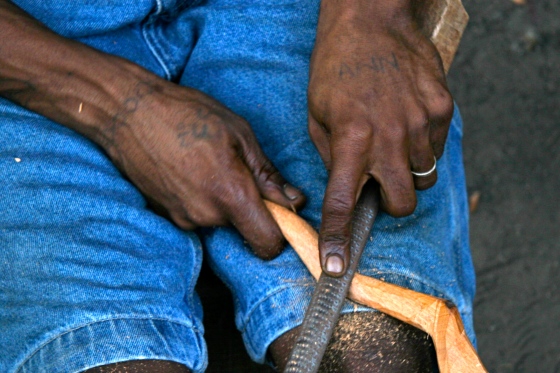-
Subscribe
Subscribed
Already have a WordPress.com account? Log in now.
 “Are you sure you want to stop here?” Mischa asked, as we motored our flame emblazoned pickup into Spanish Lookout in Belize’s Cayo District.
“Are you sure you want to stop here?” Mischa asked, as we motored our flame emblazoned pickup into Spanish Lookout in Belize’s Cayo District.

 Leaving Spanish Lookout, we crossed the Macal River on that three-car wooden plank ferry. The girls and I watched river fingerlings on the upstream side swim with the luminous, aqua-green current.
Leaving Spanish Lookout, we crossed the Macal River on that three-car wooden plank ferry. The girls and I watched river fingerlings on the upstream side swim with the luminous, aqua-green current.





I love these photographs! Feels like I’m right there with you 🙂
LikeLike
Thank you Windy! It’s always a toss up whether to let the narrative stand alone! Thanks for the insight. – Renee
LikeLike
Definitely with photos!
LikeLike
Sweet! Great to know! Big Thanks K. – R
LikeLike
Sounds fantastic! And what a wonderful adventure for your kids, too. Love reading about your travels – keep em’ coming.
LikeLike
Sally! You’re sweet to say that! Your posts are so fun too! -Renee
LikeLike
So colorful, both your language and the photos. Jealous and living vicariously!
LikeLike
Thanks for the sweet, sweet comment!
LikeLike
Thanks Lisa! As a traveler, you’ll get the traveling groove again… it’s inevitable… but aren’t you living in a traveler’s paradise right now?
LikeLike
Yes, I am! But I always wanted to go to Belize so that’s why I’m jealous. 🙂
LikeLike
You’ll get there! It’s so laid back, you’ll love it!
LikeLike
Amazing talent my old friend!!! Love to read your writings and see the photos that go along with them!!!
LikeLike
Patti,
Thanks for bringing in the home front perspective! Always great to hear from home! – Renee
LikeLike
I love the images. This makes a wonderful travel diary.
LikeLike
Thans! And, I’m glad you followed up on not getting the blog notifications! Did you catch the earlier Belize piece? This one is part of a three-piece mini-series… And, there will be more Belize after I throw in some other travel stuff to mix it up! Thanks again for all your support!
LikeLike
Not only are you great at writing but the photos are outstanding as well. I always enjoy reading your blog postings.
LikeLike
Thanks Andy! Hope you’ve been getting the posts! Good to see you here! – Renee
LikeLike
Beautiful photos, Renee! I bet the chicken is amazing. Looking forward to the last segment.
LikeLike
Thanks Lisa… with you and me (when I’m in my 20% non-vegan mode) in mind, I’m plugging my resources for a Belizean Chicken recipe! Thanks, I’m looking forward to the last segment… seems like this road trip is taking a while! 🙂
LikeLike
Nice. Such a comfortable, capable voice and picturesque narrative. I do feel like I’m right there. (And now very curious about Belize chicken.)
LikeLike
You made my day… my posts are flights of fancy compared to the long-distance mentoring you write of! Thanks for the thoughts! – Renee
LikeLike
I too felt like I was along with both the writing and the photographs. Your images made feel like I was in a place I will never visit, yet like there is some familiarity and comfort in this place.
LikeLike
Thank you for your thoughtful compliment. That means a lot and will help steer future posts! And yes, I felt some comfort along the way!
LikeLike
Great writing Renee. I’ve never been to Belize.
LikeLike
You guys and your adventuresome family would love Belize! Thanks.
LikeLike
Renee, the words and images are a perfect combination. I love travelling with you.
LikeLike
Means a lot coming from you! Thanks for stopping by Rudri! Loved your post on accepting imperfection this week. Well done! – Renee
LikeLike
Renee,
The words and images are a perfect combination. I love traveling with you.
LikeLike
Thanks so much! I can’t wait to do more traveling and cultural exploration with your lovely writing too! -Renee
LikeLike
Great color on your conversation with Mr. Rip – that Belizean chicken looks legit too.
LikeLike
Thanks for noticing the details! Your details really come through in your blog as well! Your latest on photoshopping out a lawn mower… your viewers would never have known had you not said anything! Great stuff! Love your versatility!
LikeLike
Renee, you know I love your lyrical writing. Now I want you to know that I love your photography, too! Beautiful combo!
LikeLike
Thank you for putting the two together Luanne! I’ve been considering bringing some of my Alaska photos into the manuscript… but that’s down the road a bit!
Thanks, Renee
LikeLike
Fun to follow you through the Belize back country. Excellent pictures. I like how you get close to the locals. And the writing is very alive, I feel I am travelling along with you. A great post.
LikeLike
Thanks for commenting on my writing and photos. Given your work as a professional, I’m flattered!
LikeLike